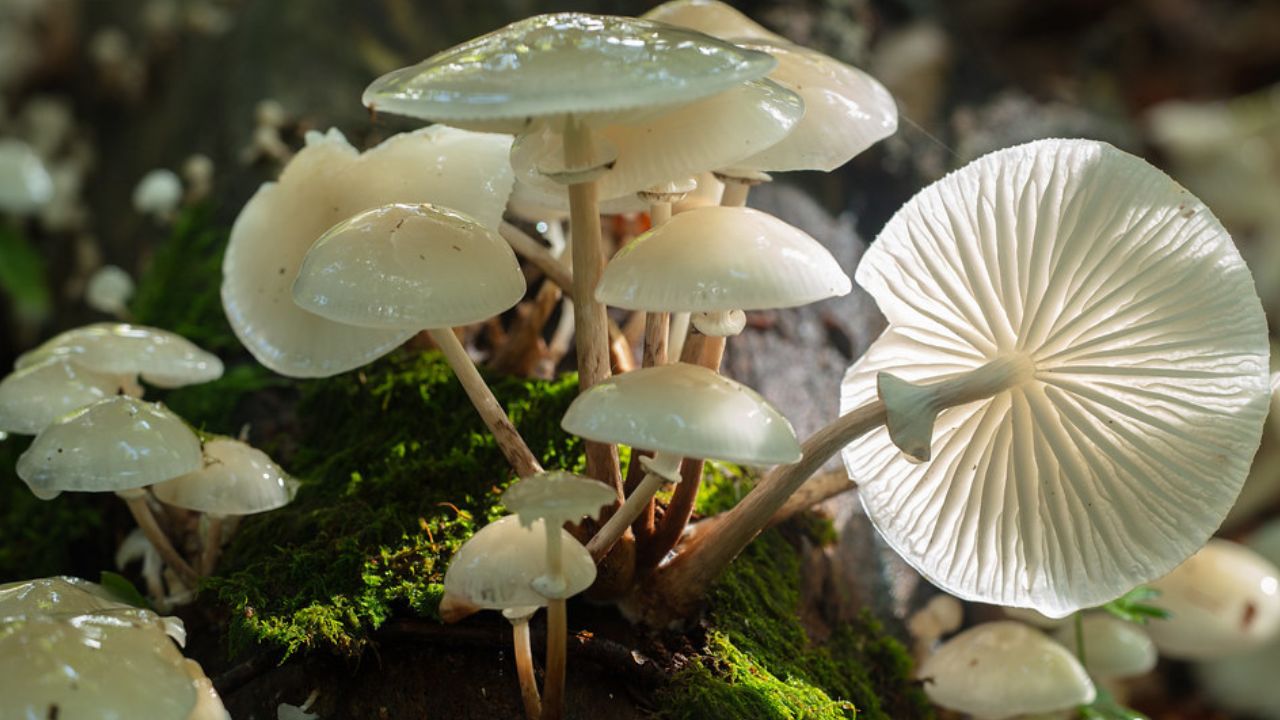How to Earn Money from Mushroom Farming
Mushroom farming has become a lucrative business venture due to its relatively low startup cost, minimal space requirements, and high demand for mushrooms in various industries. From gourmet dining to medicinal use, mushrooms are a versatile and sustainable crop that appeals to a wide range of consumers. This article explores the potential of mushroom farming, how to get started, and strategies for maximizing profitability in this growing industry.
Why Mushroom Farming?
High Demand: Mushrooms are used in various cuisines, health supplements, and even cosmetics, creating a consistent demand across multiple markets.
Low Investment: Unlike many agricultural ventures, mushroom farming does not require vast tracts of land or heavy machinery.
Sustainable Growth: Mushrooms are grown on agricultural waste products like straw and sawdust, making it an eco-friendly business.
Fast Turnaround: Mushrooms grow quickly, with some varieties like oyster mushrooms taking only 3–4 weeks from spawn to harvest.
Profitability: Mushroom farming offers a high return on investment. Depending on the scale of operation, farmers can earn thousands of dollars monthly.
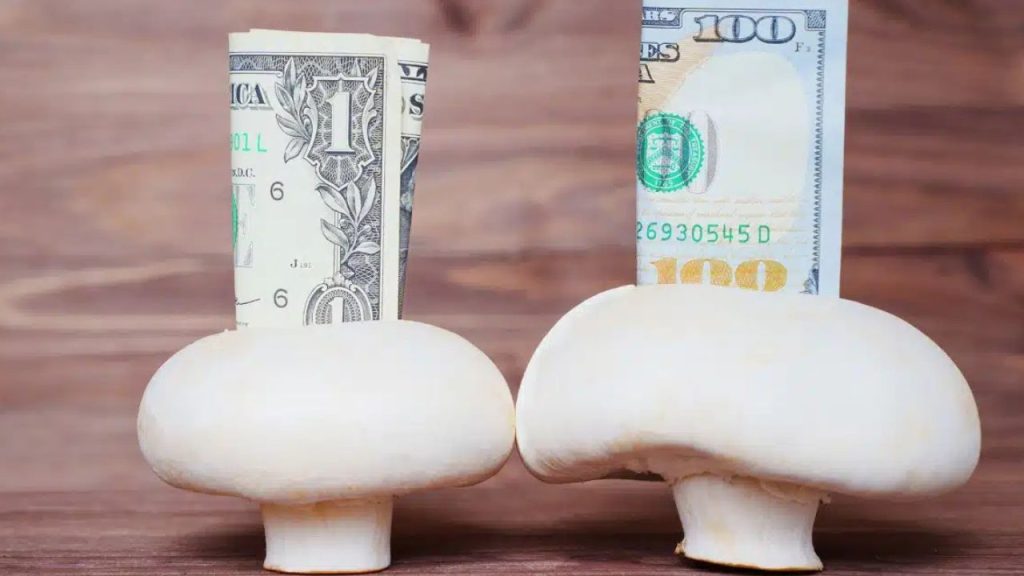
Getting Started with Mushroom Farming
-
Understanding the Basics
To succeed, it is crucial to understand the lifecycle of mushrooms and the specific requirements for growing them. The process generally involves:
Selection of Mushroom Type: Popular varieties include oyster mushrooms, button mushrooms, shiitake, and reishi. Choose a type based on your market research and the local climate.
Substrate Preparation: The substrate (growing medium) is critical for mushroom growth. It often consists of agricultural byproducts like straw, sawdust, or coffee grounds.
Spawning: This involves introducing mushroom spores or spawn to the substrate.
Fruiting: Under controlled conditions of humidity, temperature, and light, the mushrooms grow and are ready for harvest.
-
Choosing a Farming Method
There are two main methods for mushroom farming:
Indoor Farming: Ideal for controlled environments, this method uses trays, bags, or shelves in temperature- and humidity-regulated rooms.
Outdoor Farming: Suitable for areas with a favorable climate, this method involves growing mushrooms on logs or beds.
-
Setting Up the Farm
Space Requirements: A small space like a garage or basement can be sufficient for starting on a small scale.
Equipment Needed: Basic equipment includes spawning trays, humidifiers, thermometers, and substrate preparation tools.
Environmental Control: Maintaining the right temperature (20–24°C for most varieties), humidity (80–90%), and ventilation is essential for successful cultivation.
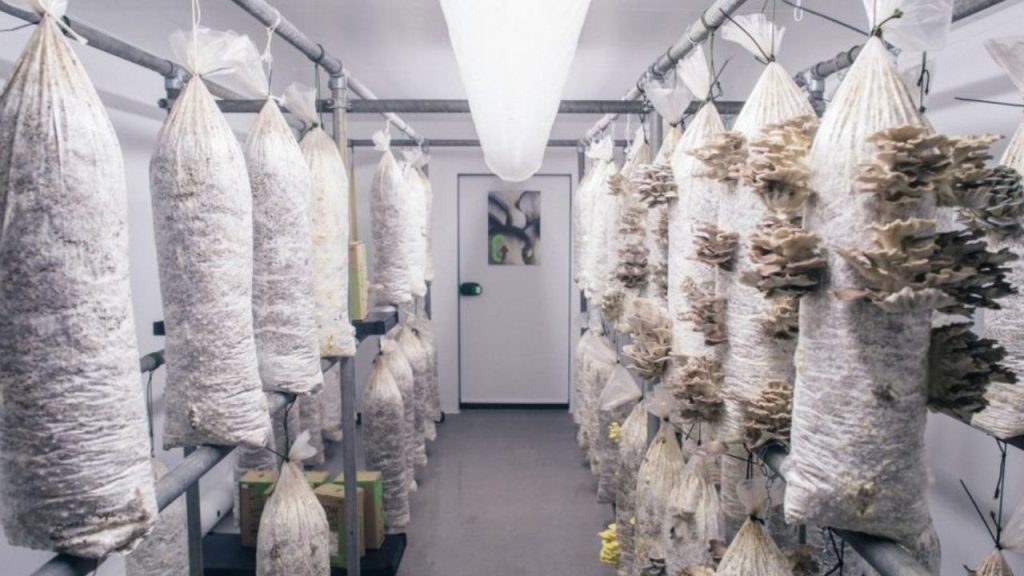
-
Acquiring Raw Materials
Spawn: Purchase quality spawn from a reputable supplier.
Substrate: Procure materials like straw, wood chips, or compost.
Packaging: Invest in appropriate packaging materials for storing and selling your mushrooms.
Steps to Cultivate Mushrooms
Prepare the Substrate: Sterilize the substrate to eliminate contaminants. Pasteurization is a common method.
Inoculation: Mix the spawn with the substrate in a clean environment.
Incubation: Place the substrate in a dark, warm area for the spawn to colonize.
Fruiting: Transfer the substrate to a humid and well-lit environment for mushrooms to grow.
Harvesting: Mushrooms are ready to harvest when their caps fully open.
Monetizing Mushroom Farming
-
Selling Fresh Mushrooms
The simplest way to earn money is by selling fresh mushrooms. Target local farmers’ markets, grocery stores, and restaurants to establish a customer base. Click here
-
Value-Added Products
Consider processing mushrooms into value-added products such as:
Dried mushrooms
Mushroom powder (for soups and health supplements)
Mushroom-based snacks or sauces
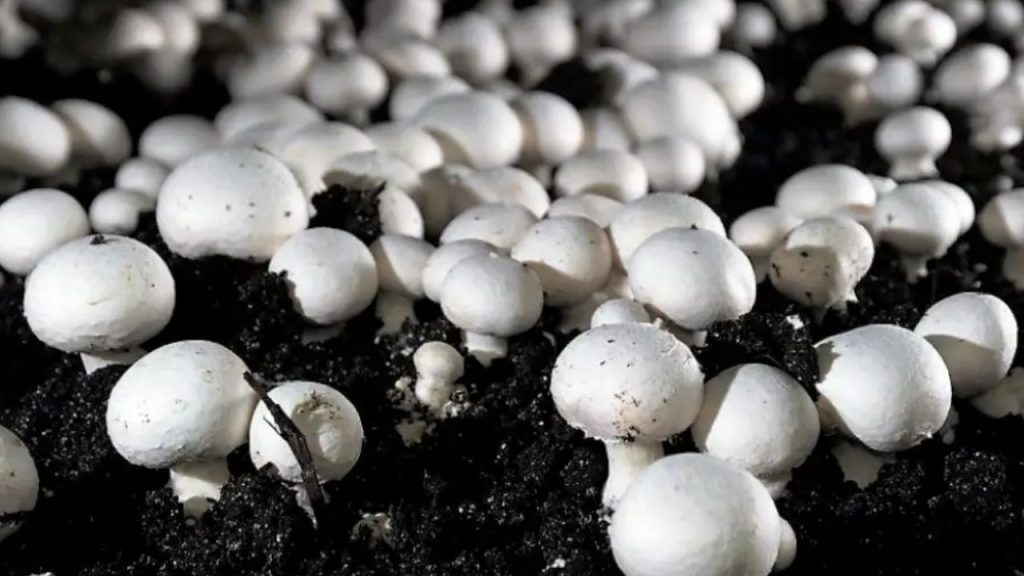
-
Supplying Spawn
Once you gain experience, producing and selling mushroom spawn to other farmers can be a profitable side business.
-
Agritourism
Open your farm to visitors for tours, workshops, and “pick-your-own” experiences. This not only generates additional income but also promotes your business.
-
Medicinal Mushrooms
Specialty mushrooms like reishi, lion’s mane, and cordyceps have medicinal properties. These varieties fetch higher prices due to their health benefits.
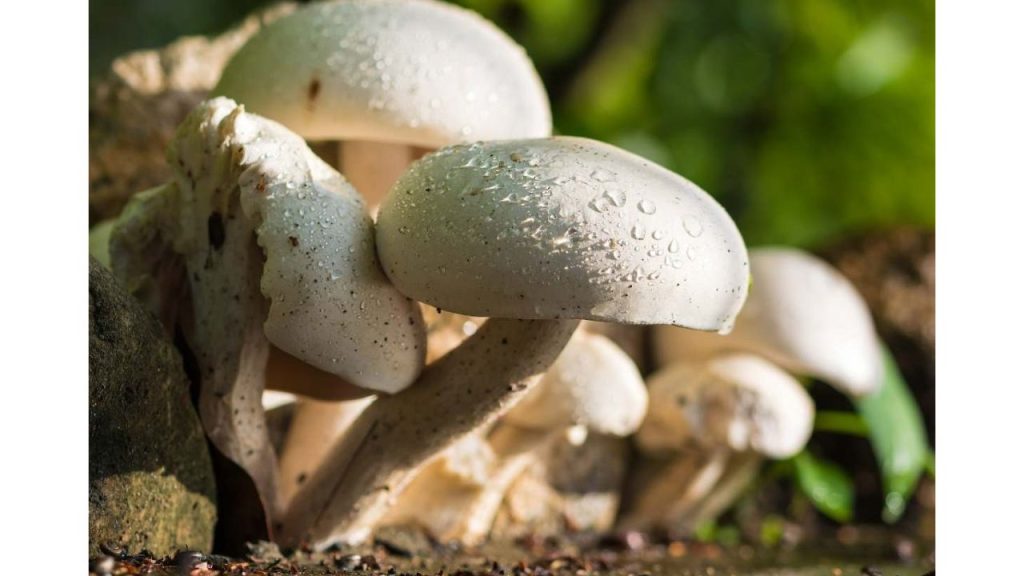
-
Export Opportunities
Depending on the scale of your operation, you may explore export opportunities. Many countries have a high demand for organic and exotic mushrooms.
Maximizing Profitability in Mushroom Farming
Efficient Resource Utilization: Use agricultural waste materials and optimize space with vertical farming techniques.
Automation: Invest in automated systems for temperature and humidity control to improve efficiency.
Market Research: Understand consumer preferences and price points to maximize sales.
Branding and Marketing: Create a strong brand identity by emphasizing your farm’s unique selling points, such as organic or locally grown products.
Diversification: Cultivate multiple mushroom varieties to reduce dependency on a single product.
Networking: Build relationships with local chefs, health food stores, and wholesalers to secure steady buyers.
Challenges in Mushroom Farming
Contamination: Mushrooms are sensitive to contaminants, which can ruin entire batches. Strict hygiene practices are essential.
Market Competition: The growing popularity of mushroom farming has led to increased competition. Offering unique products or targeting niche markets can help.
Perishability: Fresh mushrooms have a short shelf life. Proper storage and quick distribution are crucial.
Initial Learning Curve: Mastering the cultivation process takes time and practice.
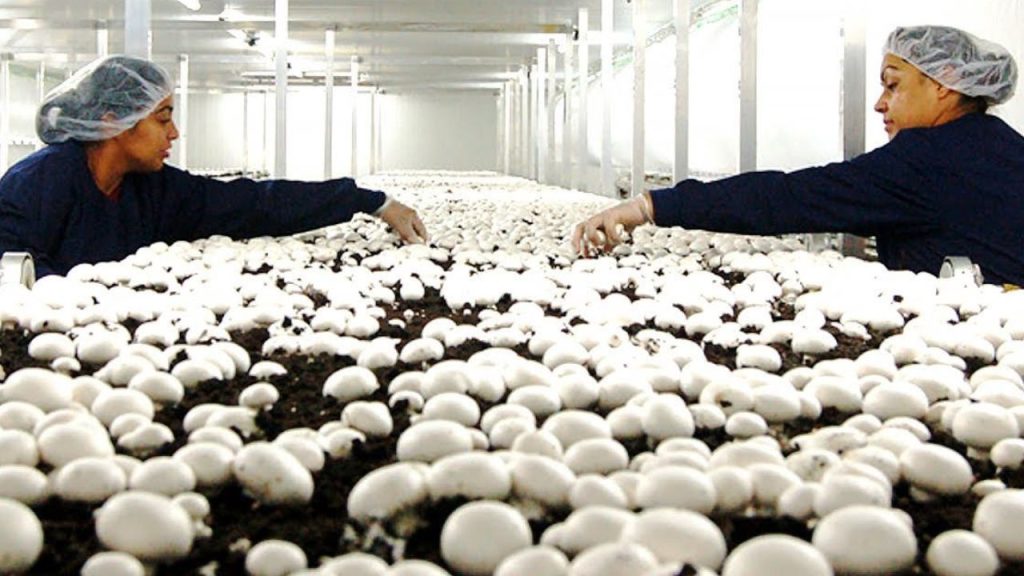
Case Study: A Small-Scale Success Story
Consider the example of Sarah, a homemaker who turned her passion for gardening into a profitable mushroom farming business. Starting with a $500 investment in a small garage space, she focused on oyster mushrooms, which are easy to grow and in high demand.
Sarah: Used agricultural waste from local farms as substrate. Marketed her produce at farmers’ markets and through social media. Gradually expanded her product range to include dried mushrooms and grow kits. Within a year, Sarah’s monthly earnings grew to $2,000, and she now plans to scale up her operations.
Future Prospects of Mushroom Farming
As consumer demand for sustainable and health-focused products increases, mushroom farming is poised for growth. Innovations in cultivation techniques and the growing popularity of exotic and medicinal mushrooms offer immense potential for entrepreneurs.
Emerging trends include:
Urban Mushroom Farms: Using indoor spaces in cities to grow mushrooms.
Mushroom-Based Packaging: Developing eco-friendly packaging materials from mushroom mycelium.
Functional Foods: Creating products infused with the health benefits of mushrooms. Click here
Conclusion
Mushroom farming is an accessible and profitable venture for anyone willing to invest time and effort. By starting small, mastering the basics, and scaling gradually, you can build a successful business that not only earns you money but also contributes to sustainability. Whether you aim to sell fresh produce, create value-added products, or explore innovative applications, the possibilities in mushroom farming are vast and rewarding.

